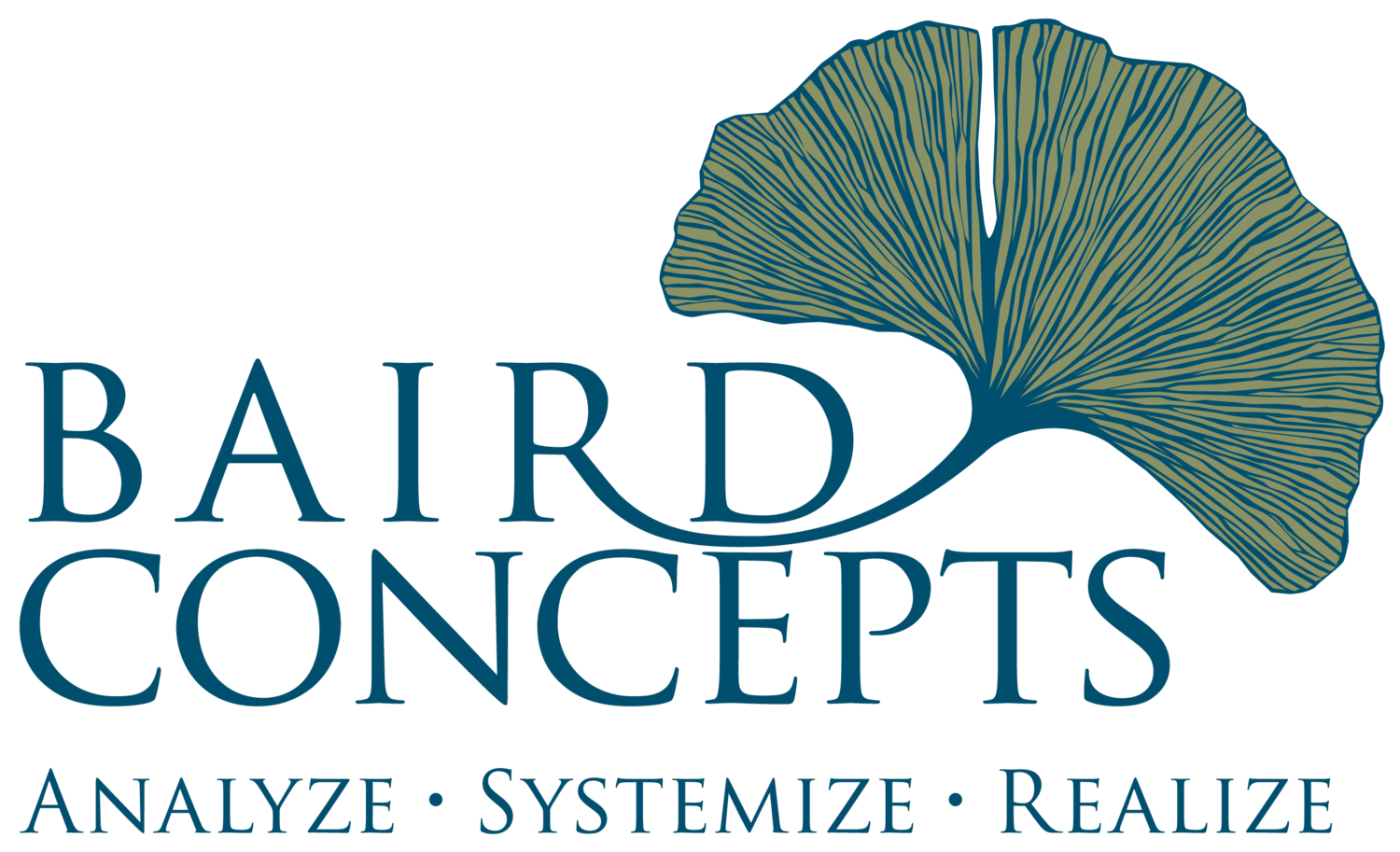Make Your Dental Practice Income Statement Work for You!
Your Dental Practice Income Statement, sometimes called your Profit and Loss Statement, or your P&L Statement, can be a foundational management tool for your practice if it is purposely designed. Unfortunately, many dentists have no idea their Practice Income Statement can be arranged to meet their specific needs. Usually, dentists accept the generic income statement given them by their bookkeeper or accountant, glance at the bottom line, then file it away for eternity never to be seen again or simply shred it.
Just about every industry has best-practice statistics available to guide businesses toward greater profitability, better overhead control, and effective budgeting. Dentistry is fortunate to be one of the industries that have these benchmarks available. They typically fall in these categories and ranges.
Best Practice Dental Expense Benchmarks
Facility and Equipment Expenses: 9%
Employment Expenses: 24-28%
Laboratory Expenses: 9%
Dental Supplies: 6%
Operating Expenses: 11-12%
Owner’s Compensation: 41-46%
To use these benchmarks for managerial purposes, the practice must organize their data into these same categories in order to have an accurate comparison between the benchmark and their actual performance.
Unfortunately, the typical dental Profit and Loss Statement does not segregate your expenses into these categories. To make it even more challenging, you, your bookkeeper, and your accountant do not know what expenses qualify for each of these categories. Email me to receive a full list of expense categories.
Designing Your Dental Practice Income Statement
In order for your bookkeeper or accountant to create a useful income statement for your practice, you must orchestrate its design. You must request the categories you want to show on your report. Now is a great time to do this, because only one or two months of the year will be affected.
Next, you need to label every card and check expense. Now, don’t panic here, this label can be one word or an acronym: Lab, DS, OE, EE, etc. When you write a check, you write the word or acronym on the stub for your accountant/bookkeeper. On your credit card account summary and your bank account statement (for debit card charges), you do the same next to each charge. Before long, your bookkeeper will learn what goes where.
Regardless, it is important that you are looking at these charges every month for lots of reasons besides this one, such as embezzlement, fraud and card breaches. Nobody but you will pick-up on these types of discrepancies. This isn’t something that someone outside your office can do for you and certainly not an employee. This is very important!
Your employees can help you, though, by making sure your large dental supply companies categorize your expenses on their monthly statements. Since these companies don’t simply sell supplies, but provide services, repairs, equipment, and instruments, all belonging to different overhead categories, they can greatly simplify your allocation duties. If you simply assign the total charge at the bottom of your dental supply company’s monthly statement, then you will probably see a 20% Dental Supplies figure. Your hair will stand on end, your ears will smoke, and you will probably start blaming the wrong people.
Ready to make your Income Statement easier to understand, a useful performance management tool, and a powerful motivator for improvement and higher profitability? Call me and let’s make it happen!

